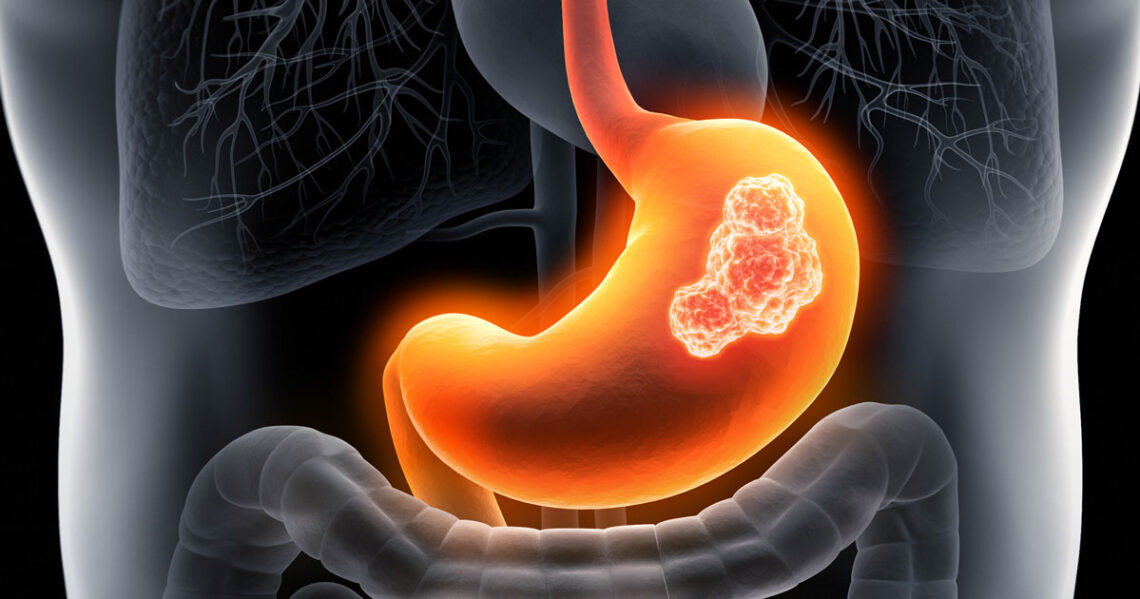
Stomach Cancer in Canada
With an estimated 4,000 Canadians diagnosed with stomach cancer annually, understanding this disease is crucial for early detection, effective treatment, and improving patient outcomes. This article provides an extensive overview of stomach cancer, emphasizing its prevalence, causes, symptoms, diagnosis, treatment, and prevention strategies, tailored to the Canadian context.
Understanding Stomach Cancer
What is Stomach Cancer?
Stomach cancer occurs when malignant cells form in the lining of the stomach. These cells can grow into a tumor and spread to other parts of the body. The disease is often categorized based on where it starts in the stomach and the type of cells that become cancerous.
Types of Stomach Cancer
- Adenocarcinoma: The most common form, originating in the stomach’s mucosal layer.
- Lymphoma: Cancers of the immune system tissue in the stomach wall.
- Gastrointestinal Stromal Tumors (GISTs): Originate from specialized cells in the stomach called interstitial cells of Cajal.
- Carcinoid Tumors: Begin in hormone-producing cells of the stomach.
Epidemiology in Canada
In Canada, stomach cancer is a considerable health issue. Annually, around 4,000 individuals are diagnosed with this cancer, making it a prominent concern for healthcare professionals.
Risk Factors
Several factors increase the risk of developing stomach cancer:
- Age and Gender: More common in people over 55 and in males.
- Diet: High-salt, smoked, or pickled foods elevate risk.
- Helicobacter pylori infection: A significant risk factor.
- Genetics: Family history of gastric cancer increases risk.
- Lifestyle Factors: Smoking and excessive alcohol consumption.
- Previous Stomach Surgery or Chronic Stomach Conditions: Such as gastritis or stomach polyps.
Symptoms and Early Detection
Early-stage stomach cancer rarely causes symptoms, making early detection challenging. When symptoms do appear, they may include:
- Persistent indigestion or stomach discomfort
- Loss of appetite
- Unintended weight loss
- Nausea and vomiting
- Feeling bloated after eating
- Stomach pain or discomfort
Recognizing these symptoms early and consulting a healthcare provider can be crucial for timely diagnosis and treatment.
Diagnostic Approaches
Medical History and Physical Examination
Initial evaluation begins with a thorough medical history and physical examination, focusing on any risk factors and symptoms.
Diagnostic Tests
- Upper Endoscopy (EGD): A primary diagnostic tool.
- Biopsy: Obtained during EGD for histopathological examination.
- Imaging Tests: Including CT scans, MRI, and PET scans to assess the spread.
Staging
Once diagnosed, staging determines the extent of cancer spread and guides treatment. Staging involves TNM classification – Tumor size, Node involvement, and Metastasis.
Treatment Options
Treatment depends on the stage and location of the cancer, the patient’s overall health, and preferences.
- Surgery: The main treatment for early-stage stomach cancer.
- Chemotherapy: Often used before or after surgery.
- Radiation Therapy: Sometimes combined with chemotherapy.
- Targeted Therapy: For advanced cases with specific genetic markers.
Supportive Care and Rehabilitation
Supportive care is vital for managing symptoms and improving quality of life. Nutritional support, pain management, and psychological support are essential components.
Prevention and Public Health Strategies
Prevention strategies include:
- Dietary modifications to include more fruits and vegetables and less salty or processed foods.
- Reducing alcohol consumption and quitting smoking.
- Screening and treatment for Helicobacter pylori infection.
Awareness, early detection, and a multidisciplinary treatment approach are key to improving outcomes. As research advances, there is hope for more effective treatments and better survival rates for Canadian patients affected by this disease.

